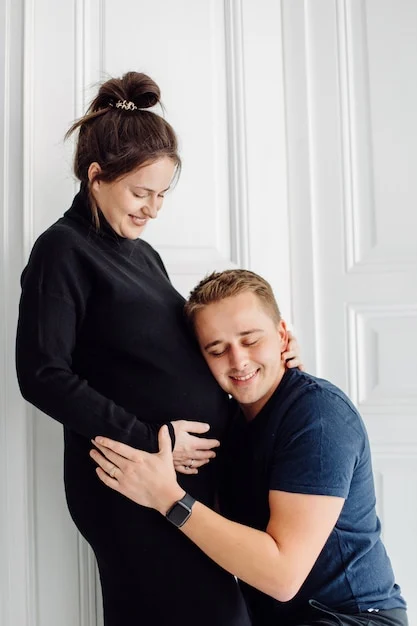It was just another typical afternoon. After rushing home from the office, I swung open the door, tossed my bag on the floor, and beamed at my one-year-old daughter, whose chubby legs swung from her high chair.
“Look who’s here!” I exclaimed, signing “Mommy” by tapping my thumb to my chin. Her face lit up with a huge smile, and she clapped her tiny hands as my partner joined in their joyful welcome-home dance, culminating in a warm group hug. “I missed you so much,” I whispered, planting a kiss on her forehead before heading to the sink to scrub my hands thoroughly with soap, followed by hand sanitizer—and maybe a spritz of Lysol for good measure.
The 60 mL syringes containing her next meal were warming in the sink, and my partner had carefully laid out her G-tube extension, ready for her 4:30 p.m. medication. Ever since we brought her home from the NICU after an eight-month stay, where she was diagnosed with chronic lung disease and had both a tracheostomy and gastronomy tubes placed, our lives had turned into a whirlwind of feeding, suctioning, and sterilizing. But amidst all that chaos, there were also cuddles, kisses, laughter, and an abundance of love.
Suddenly, the doorbell rang. I exchanged a surprised look with my partner. It was RSV (respiratory syncytial virus) season, and we were on strict germ lockdown—unannounced visitors weren’t part of our daily routine. “I forgot to mention,” he said, moving to answer the door, “I called the garage door company about our locks. It’ll be quick,” he reassured me.
As the door swung open, two repairmen peered inside. With giant syringes and a G-tube extension in hand, I offered a smile and a greeting. My daughter beamed at them, clapping her hands in delight at the unexpected guests. I discreetly attached the G-tube extension to her Mini button just beneath her ribcage and began pushing her meal into her belly with the syringe. While my partner chatted with the men, I noticed one of the repairmen, a quiet young man, glancing over at us now and then.
I looked at my daughter, still smiling and waving, and felt my protective instincts surge. I could only imagine how this must appear to them: a baby with tubes on her neck and abdomen, oxygen tubing snaking down the hall like a stray strand of holiday lights, and the hissing of her oxygen concentrator filling the background. Bottles of saline and sterile water cluttered our coffee table. While her special needs felt normal to us, singing “The Itsy Bitsy Spider” to her while administering her meal made me realize how daunting it must seem to an outsider.
I mentally rehearsed my responses to their likely questions: “Micropreemie.” “1 pound, 9 ounces.” “Severe preeclampsia.” “Chronic lung disease.” “231 days in the NICU.” “Time and growth.”
As their conversation with my partner shifted from technical jargon to more casual banter, I held my breath, hoping we could complete this interaction without any awkward comments about our medically fragile child. My daughter turned to me and made a squeaking noise through her trach tube, her way of expressing delight.
“Thanks for coming by, guys,” I heard my partner say as he began closing the door. “Your daughter…” the younger repairman suddenly spoke up. Oh no, here it comes.
I braced myself—Mama Bear mode activated. What’s wrong with her? Why does she have that tube? Is she sick? Will she be okay?
“Your daughter,” he continued, “is the most adorable baby I’ve ever seen.” He paused, and my heart raced, feeling like it might leap from my chest. “I just wanted to share that,” he added, looking down with a shy smile.
I looked at my little girl beside me—eyes sparkling, mouth wide with joy, hands clapping, legs kicking, and voice squeaking. A breath I didn’t realize I was holding escaped me. Yes, I silently agreed. Yes, she is adorable. And wonderful. And braver than any of us in the room.
My partner and I consciously chose to overlook the tubes and wires, focusing instead on our beautiful little girl—a baby just like any other. And for once, someone else—someone unexpected—recognized that too.
